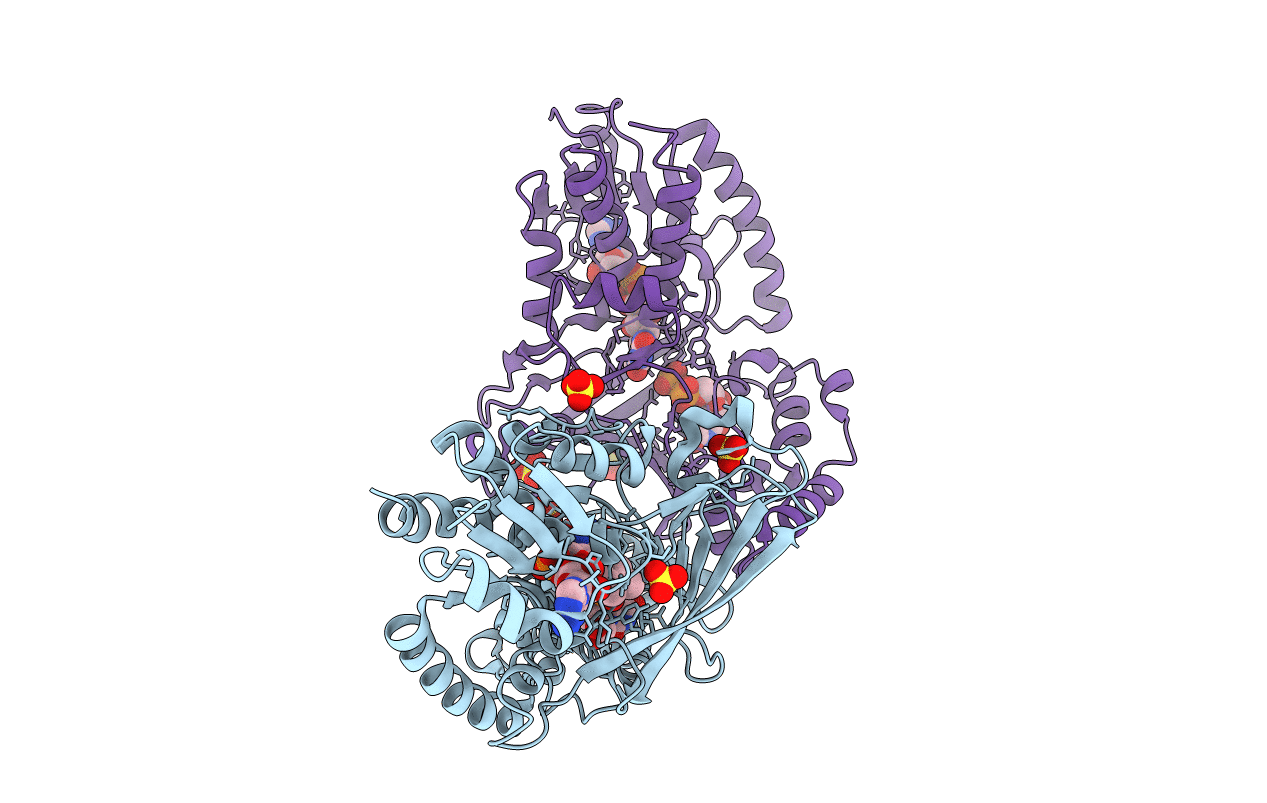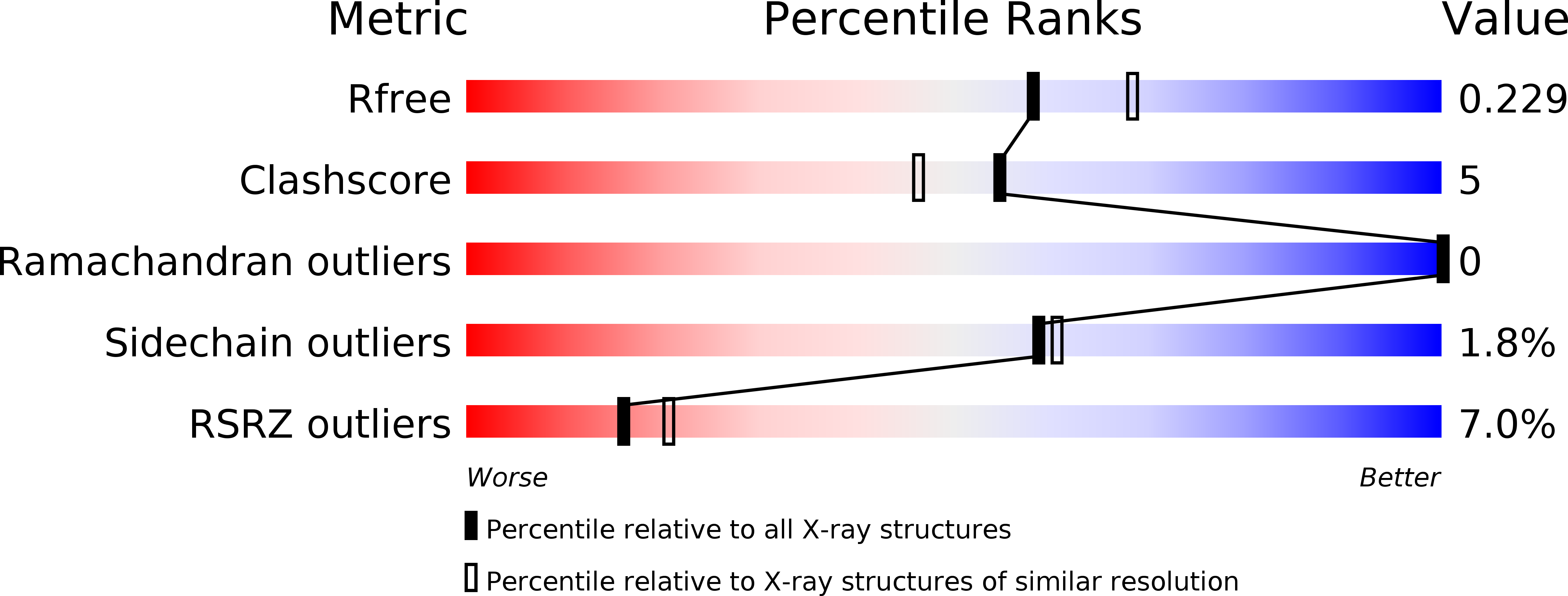
Deposition Date
2015-11-12
Release Date
2016-11-23
Last Version Date
2023-09-27
Entry Detail
PDB ID:
5EQF
Keywords:
Title:
Crystal structure of oxidized UDP-galactopyranose mutase from Corynebacterium diphtheriae with UDP bound in closed form
Biological Source:
Source Organism:
Corynebacterium diphtheriae (Taxon ID: 257309)
Host Organism:
Method Details:
Experimental Method:
Resolution:
2.15 Å
R-Value Free:
0.22
R-Value Work:
0.17
R-Value Observed:
0.17
Space Group:
C 1 2 1


